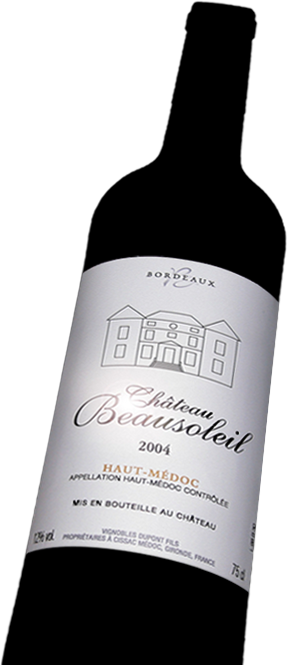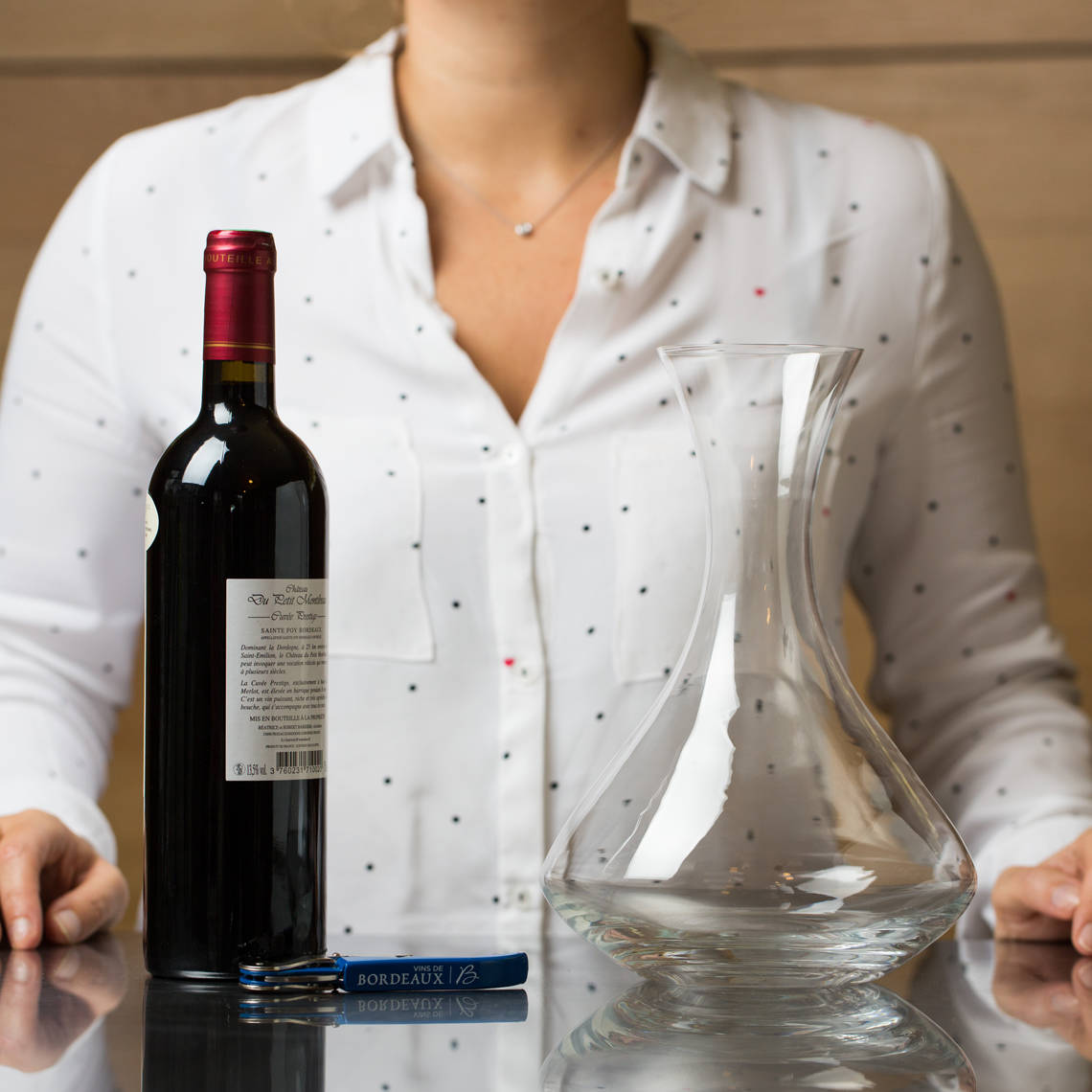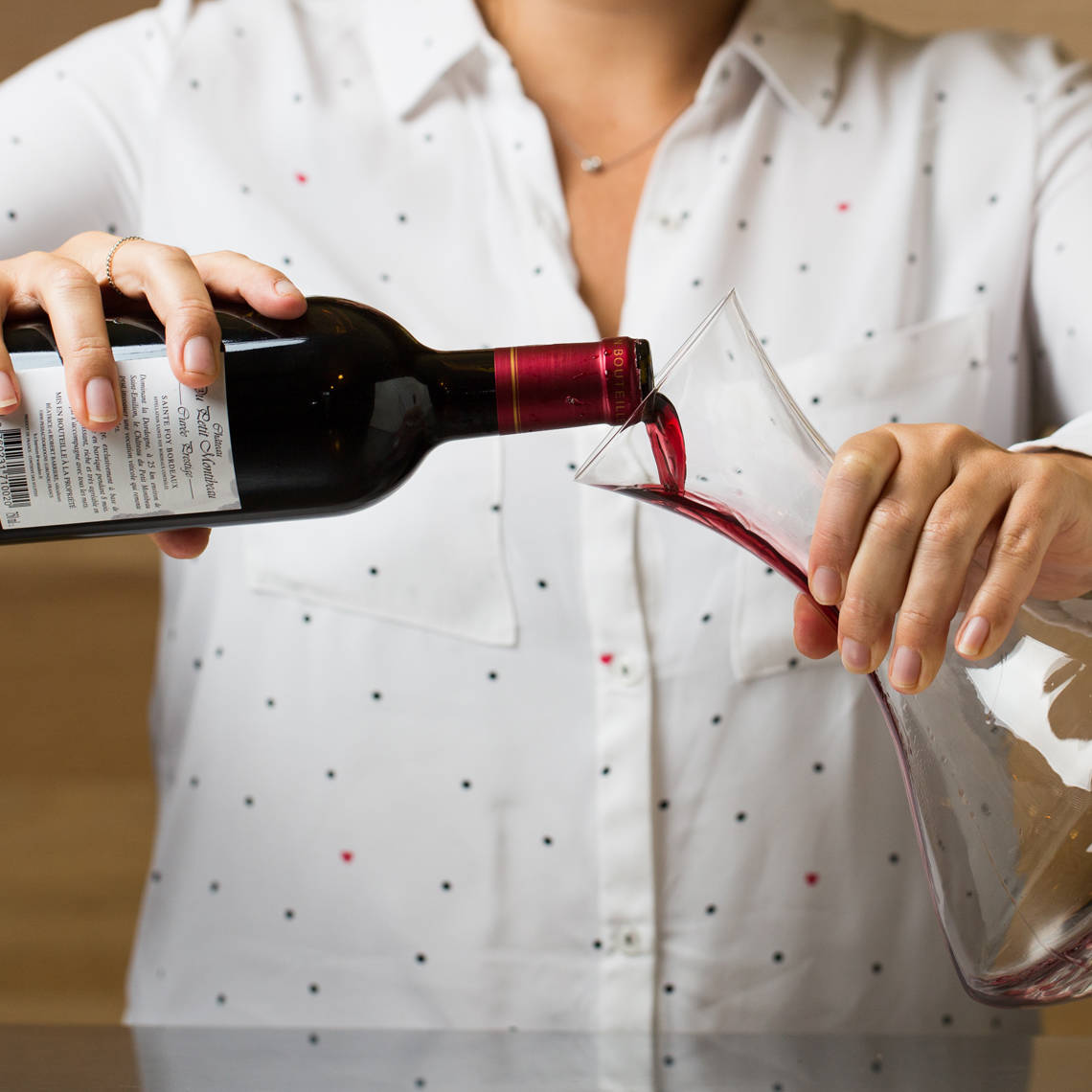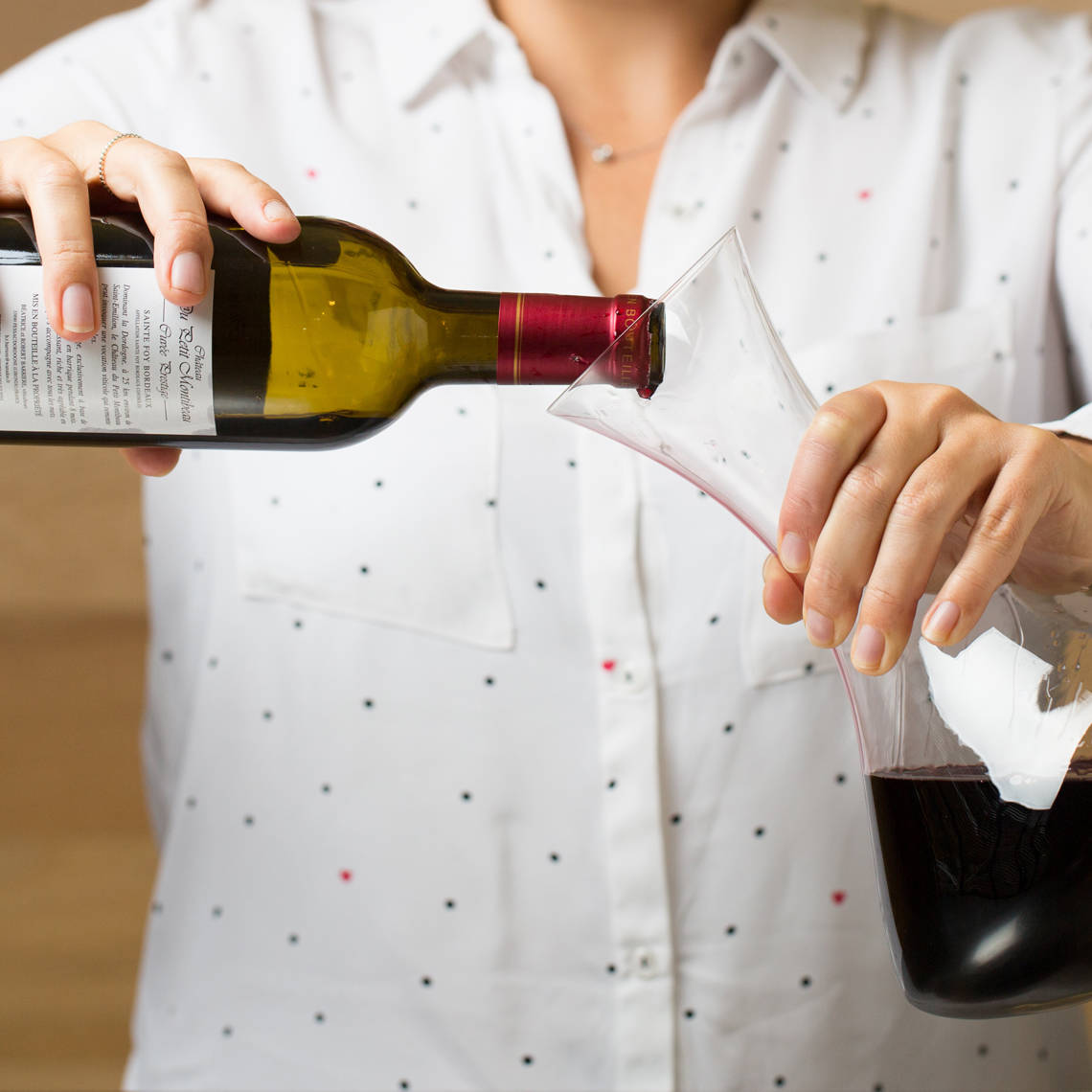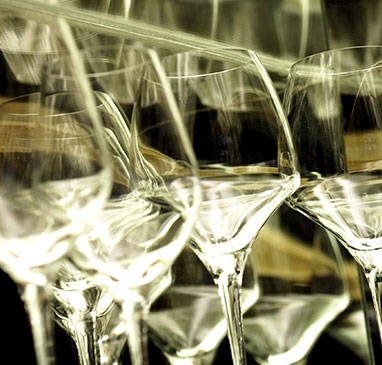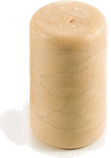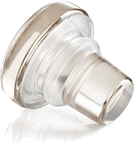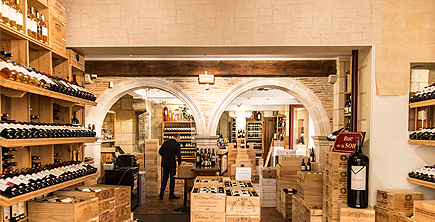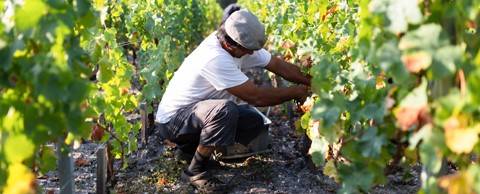The label
Your epicurean accomplice
The label serves as an “ID card” – a complete profile of the wine. It bears obligatory information such as the Appellation d’Origine Contrôlée, the country of origin and the alcohol content. Other information is optional, such as the name of the estate or the grape variety.
